Discover the charm of Querétaro, a city rich with history, culture, and vibrant life. Nestled in the heart of Mexico, Querétaro offers a unique blend of colonial architecture, archaeological wonders, and modern attractions. Whether you’re exploring the historic downtown, marveling at ancient ruins, or indulging in the region’s famous cuisine, Querétaro promises a memorable experience. From its iconic churches and bustling plazas to its hidden gems and cultural treasures, there’s something for everyone in this enchanting destination. Join us as we delve into the top things to visit in Querétaro, uncovering its must-see spots and hidden secrets that will leave you wanting to explore more.
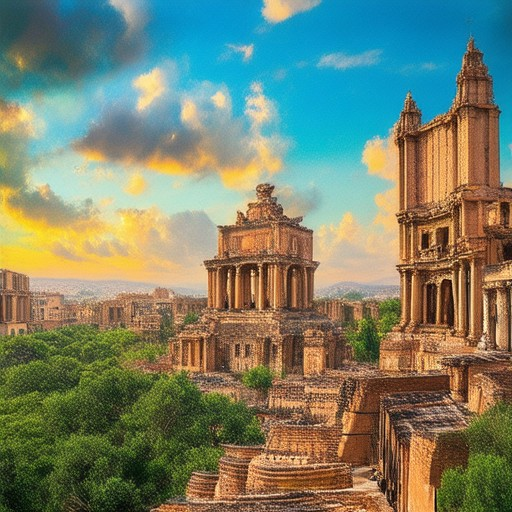
What to Visit in Querétaro
Querétaro offers a rich blend of cultural, historical, and natural attractions that make it a fascinating destination. Here’s a curated list of must-visit spots:
Historical Sites
- Basilica de la Asunción
A stunning Baroque cathedral known for its intricate architecture and vibrant interior. - The Querétaro Walls
Explore the impressive stone walls built by the Spanish in the 16th century, now a UNESCO World Heritage Site.
Cultural & Artistic Attractions
- Regional Museum of Querétaro
Discover ancient artifacts, Pre-Columbian art, and Mexican colonial pieces housed in a beautiful 17th-century building. - State Library of Querétaro
A serene space hosting rare manuscripts, books, and cultural exhibits in a meticulously restored colonial library.
Natural Parks & Recreational Areas
- El Cimmar National Park
Enjoy lush landscapes, hiking trails, and breathtaking views of the city from this urban park. - La Huerta Ecological Reserve
A peaceful retreat surrounded by native trees and wildlife, perfect for nature enthusiasts.
Local Experiences
- Tequila Distillery Visits
Learn about the tequila-making process and sample premium spirits at local distilleries. - Traditional Querétaro Cuisine
Savor dishes like “Tlayudas” (a type of flatbread) and “Pozole” at local markets and restaurants.
Each of these destinations offers a unique glimpse into Querétaro’s rich heritage and modern charm. Plan your itinerary accordingly to make the most of your visit!
Is It Worth Visiting Querétaro?
Yes, Querétaro is absolutely worth visiting for its rich history, stunning landscapes, and vibrant culture. Here’s why:
- Rich History and Colonial Architecture: Querétaro is renowned for its well-preserved colonial buildings, including the iconic Plaza de las Armas . The city has a deep-rooted history, having served as the capital of Mexico during the 18th century.
- Cultural Festivals and Traditions: Querétaro hosts numerous cultural events and festivals throughout the year, showcasing traditional music, dance, and cuisine. These events highlight the city’s lively and festive spirit.
- Natural Beauty and Outdoor Activities: The surrounding region offers breathtaking landscapes, including the Sierra Gorda mountains and lush forests. Visitors can explore hiking trails, waterfalls, and picturesque villages.
- Unique Cuisine: Querétaro is famous for its distinctive dishes, such as charros and chorizos . The city also boasts a thriving food scene with local markets and fine dining options.
- Art and Creativity: Querétaro is a hub for artists and art enthusiasts. The city features museums, galleries, and street art that reflect its creative spirit. Don’t miss the Museo de la Revolución .
While neighboring cities like Guanajuato and San Miguel de Allende are also worth visiting, Querétaro stands out for its unique charm and rich cultural heritage. Its blend of history, nature, and modern amenities makes it a destination that shouldn’t be missed.
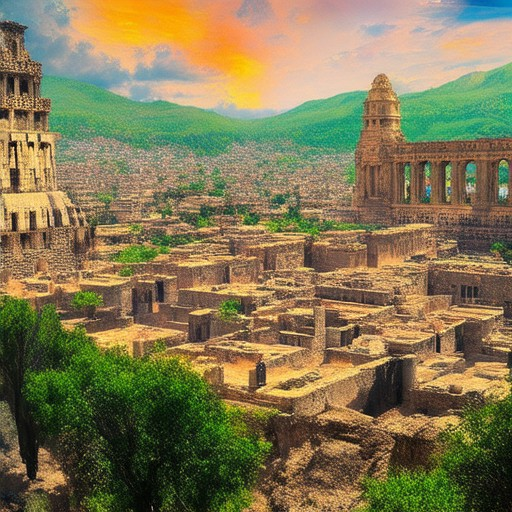
What is Querétaro, Mexico Known For?
Querétaro, Mexico, is renowned for its rich history, stunning colonial architecture, and vibrant cultural heritage. Here are the key aspects that highlight why Querétaro stands out:
- Colonial Architecture : Querétaro is celebrated for its well-preserved colonial buildings, particularly in the historic district of Borda de Querétaro. Notable landmarks include the State Government Palace and the Church of St. Francis, showcasing the city’s Spanish colonial influence.
- Archaeological Treasures : Nearby, the Tequishtle Canyon offers access to ancient rock carvings, providing insight into the region’s pre-Hispanic past. This archaeological site attracts historians and history enthusiasts.
- Cultural Festivals : The city hosts prominent cultural events like the Charreadas festival, featuring traditional music, dance, and charro competitions. These festivals celebrate Mexican traditions and foster community spirit.
- Cuisine : Querétaro is a food lover’s paradise, known for dishes like “pochote” and “tacos de pastor.” The local gastronomy blends indigenous and Spanish flavors, making it a must-visit for food enthusiasts.
- Education and Research : As home to institutions like the Autonomous University of Querétaro, the city is a hub for education and research, contributing to its reputation as a cultural and economic center.
- Regional Commerce : Querétaro functions as a key commercial and industrial center, supported by infrastructure like highways and industries in textiles and footwear, which drive the local economy.
- Religious Significance : The presence of numerous churches and religious events underscores the city’s spiritual heritage, integral to its cultural identity.
- Tourist Attractions : Querétaro serves as a gateway to nearby attractions, including Peñasco el Viejo National Park and the Toltepec de Condés archaeological site, enriching the region’s tourism offerings.
Together, these elements make Querétaro a captivating destination that embodies Mexico’s historical and cultural richness.
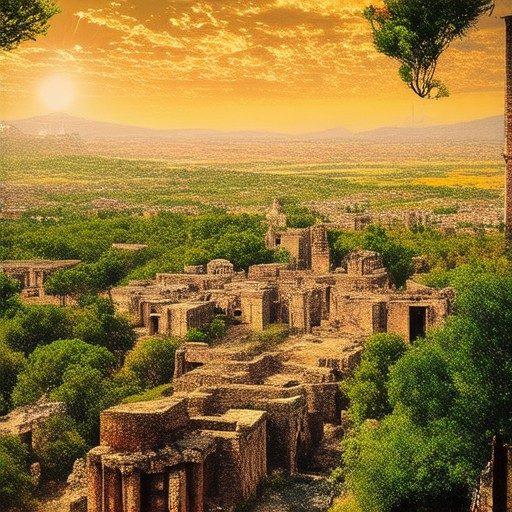
What Food is Querétaro Known For?
Querétaro, a vibrant city in Mexico, is renowned for its rich culinary traditions and unique dishes. One of the most iconic foods associated with Querétaro is the “Tlayuda” , a type of flatbread that is a staple in local markets. These tlayudas are often topped with refried beans, cheese, cream, and various salsas, making them a must-try for food enthusiasts.
If you’re looking to prepare Tlayudas at home, here’s a simple recipe:
“`html
- Ingredients:
- Flour – 3 cups
- Salt – 1 teaspoon
- Olive oil – 2 tablespoons
- Water – 1 cup
- Refried beans – 1 can (optional)
- Cheese – shredded
- Crema (Mexican-style sour cream) – to taste
- Salsa – various types
- Instructions:
- Mix flour, salt, and oil in a large bowl.
- Add water gradually until dough forms.
- Knead dough on a floured surface until smooth.
- Let dough rest for 30 minutes.
- Preheat oven to 400°F (200°C).
- Roll out dough and spread with refried beans (if using), then top with cheese and crema.
- Add salsa, cilantro, and onions as desired.
- Bake for 15-20 minutes, or until golden brown.
“`
Another popular dish is the “Elote” , a type of corn-based snack that is crispy on the outside and soft inside. Elotes are often served with butter, mayonnaise, or cheese, and can be found at street vendors throughout the city.
For those looking to try something more traditional, Pozole is a hearty stew made with pork, hominy, and a blend of spices. It’s a comforting dish that reflects the deep-rooted indigenous influences in Querétaro’s cuisine.
Lastly, don’t miss the chance to sample Pipián , a soup made with chicken, squash, and green beans, flavored with a unique blend of spices. This dish showcases the city’s ability to combine indigenous and Spanish influences seamlessly.
Explore Querétaro’s culinary delights by visiting local markets like Tienda de los Angeles or Mercado 3 de Mayo, where you can experience these authentic dishes firsthand. For more information, visit Aqui Es Querétaro .
Is Querétaro Aztec or Mayan?
Querétaro is primarily rooted in Aztec culture. As an important city within the Aztec empire, Querétaro served as a significant religious and administrative hub. Following the Spanish conquest, it evolved into a key colonial town, characterized by its Spanish Baroque architecture. While there is no substantial connection to the Maya, Querétaro’s history is deeply intertwined with the Aztecs and later Spanish influences.
Explore Querétaro’s rich cultural heritage .
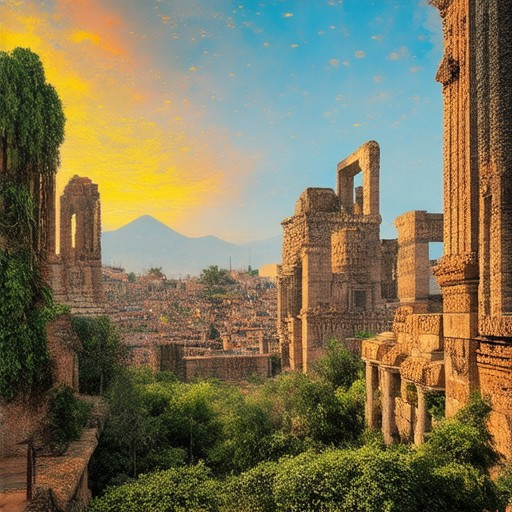
Foodie Capital of Mexico
The foodie capital of Mexico is Oaxaca . Renowned for its rich culinary traditions and intricate dishes, Oaxaca stands out as a destination for food enthusiasts. Its vibrant food scene, deeply rooted in indigenous and Spanish influences, offers a unique blend of flavors and textures that set it apart from other cities in Mexico.
Why Oaxaca is the Foodie Capital:
- Culinary Diversity : Oaxaca is celebrated for its diverse gastronomy, particularly its mole dishes, which are complex and flavorful. Mole negro, a spicy sauce featuring chocolate, is a hallmark of Oaxacan cuisine.
- Historical Influence : The region’s culinary heritage dates back centuries, blending indigenous ingredients with Spanish techniques. This fusion has created a distinctive cuisine that is both traditional and innovative.
- Cultural Significance : Oaxaca’s commitment to quality and artistry in cooking has earned it recognition worldwide. The city hosts events like the Oaxaca Wine Festival, showcasing its culinary prowess and attracting food lovers from around the globe.
Competitors and Comparison:
While cities like Mexico City and Puebla also boast impressive food scenes, Oaxaca’s focus on traditional, high-quality ingredients and its dedication to preserving culinary traditions make it a standout. Mexico City, though diverse, often caters to a wider range of international tastes, whereas Oaxaca offers a more niche, authentic experience.
Conclusion:
For those seeking an authentic and immersive food experience, Oaxaca is undeniably the foodie capital of Mexico. Its rich history, innovative chefs, and dedication to quality make it a must-visit destination for anyone passionate about food.

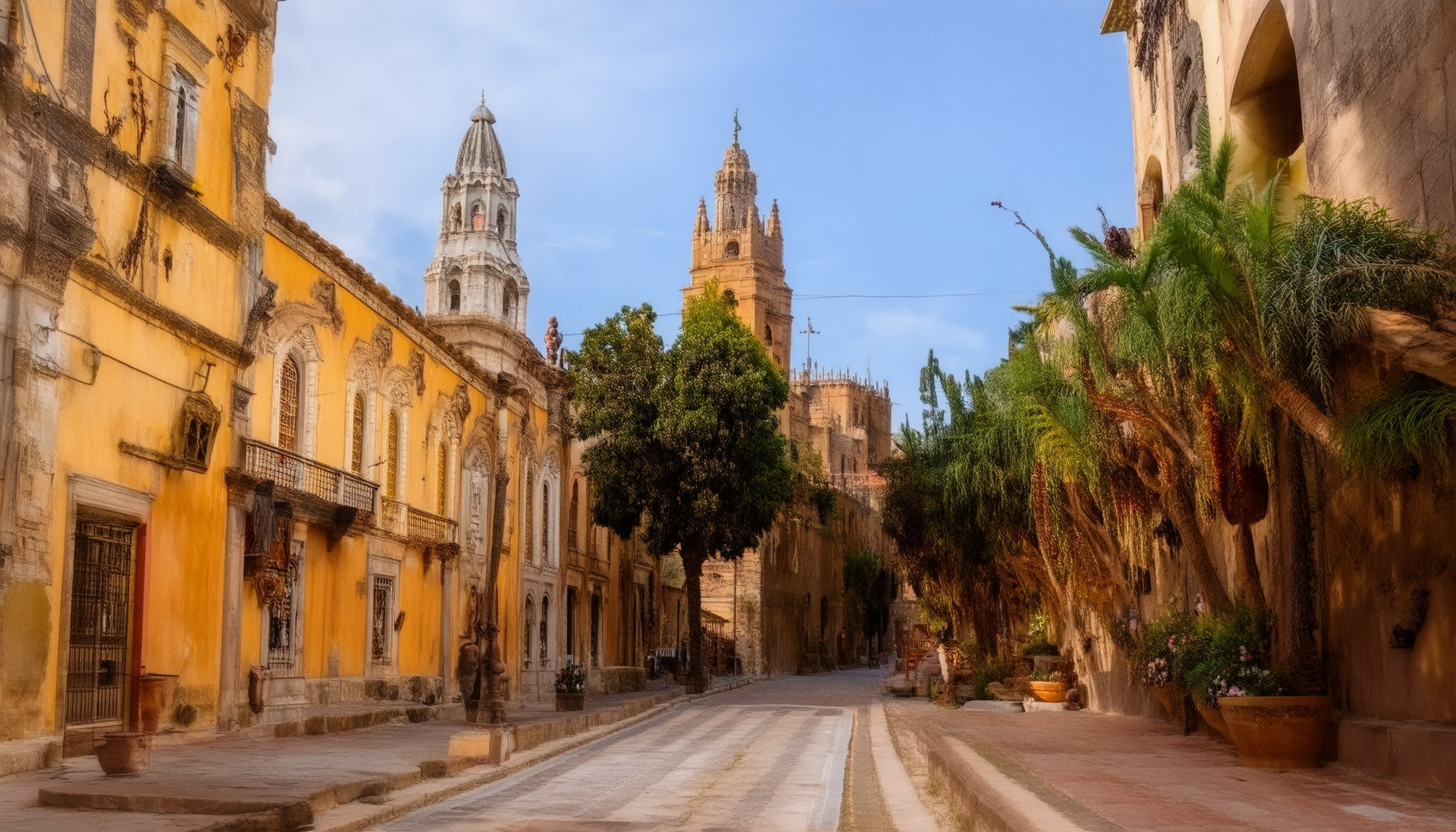
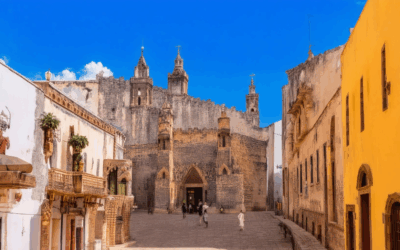
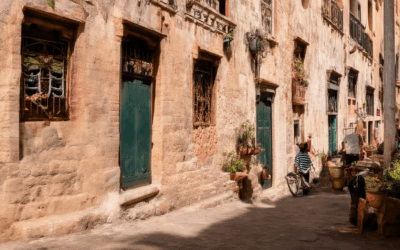
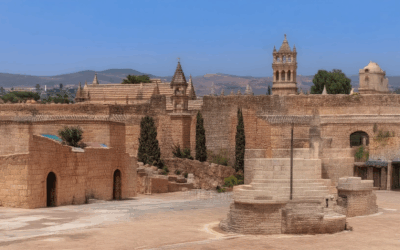
0 Comments